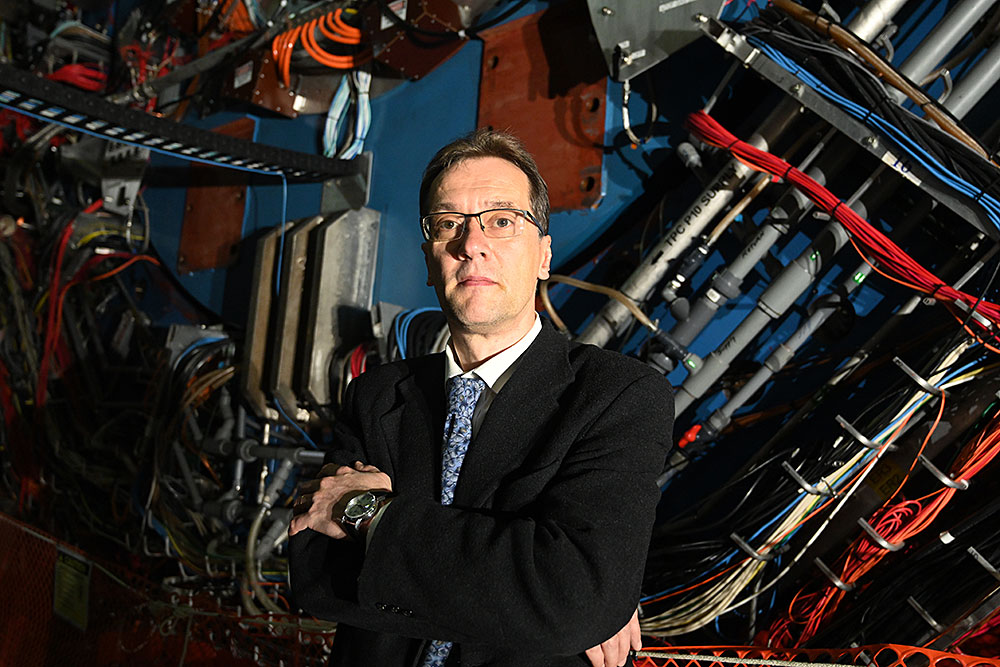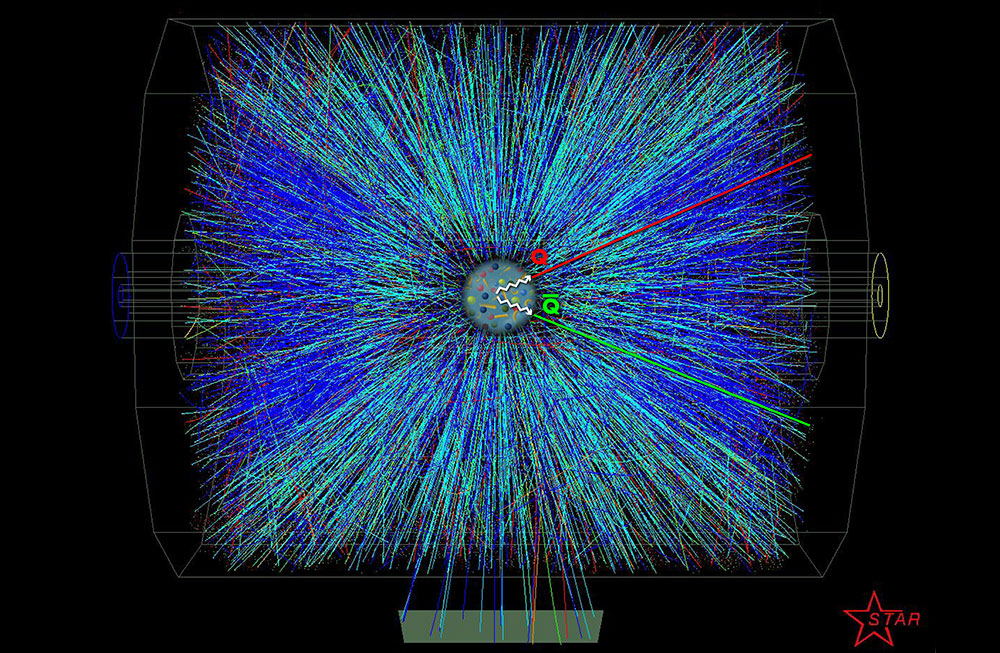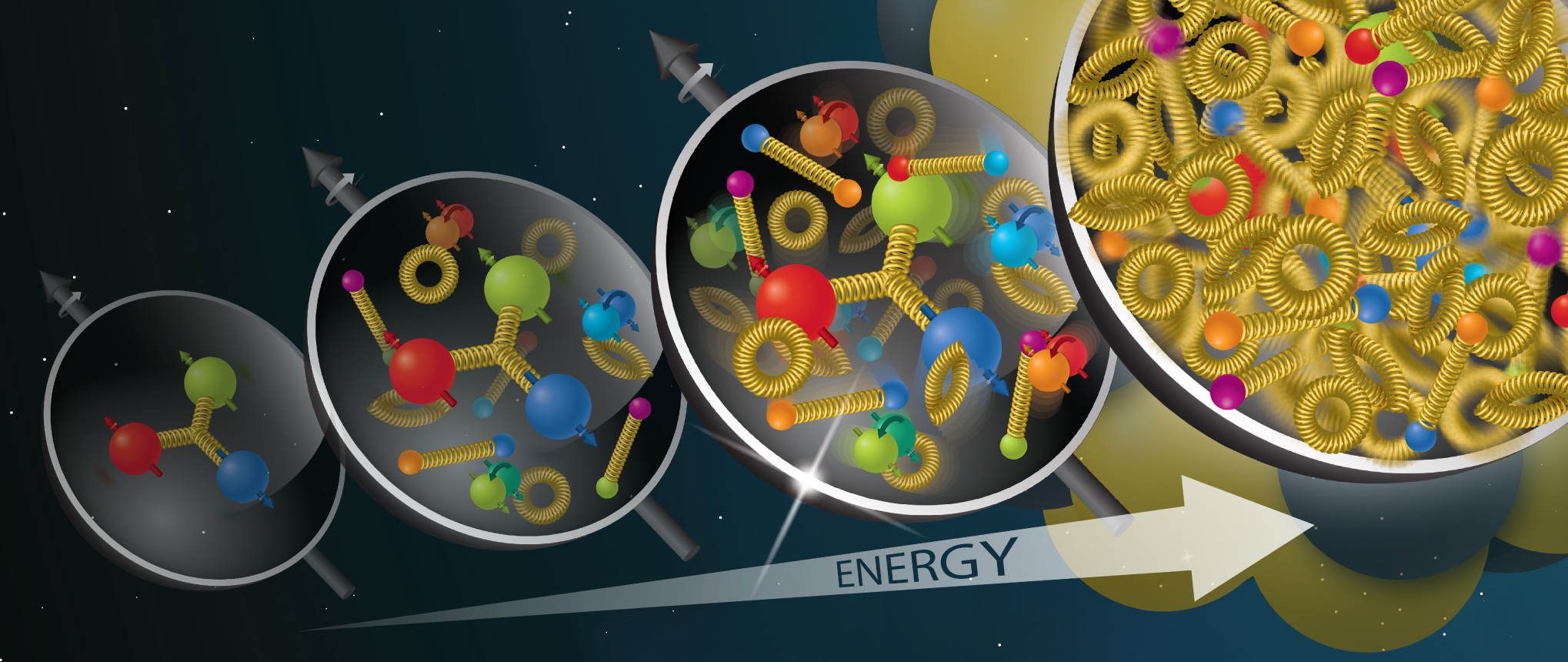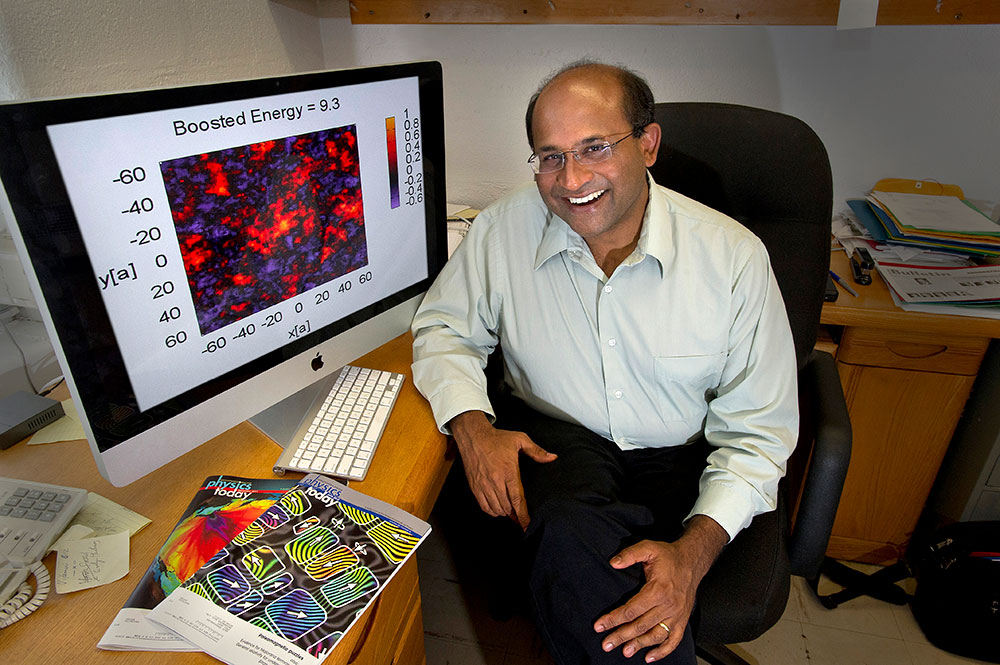Theorists have calculated how quickly a melted soup of quarks and gluons—the building blocks of protons and neutrons—transfers its momentum to heavy quarks. The calculation will help explain experimental results showing heavy quarks getting caught up in the flow of matter generated in heavy ion collisions.



